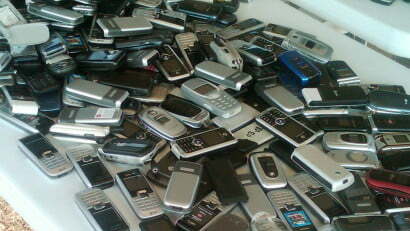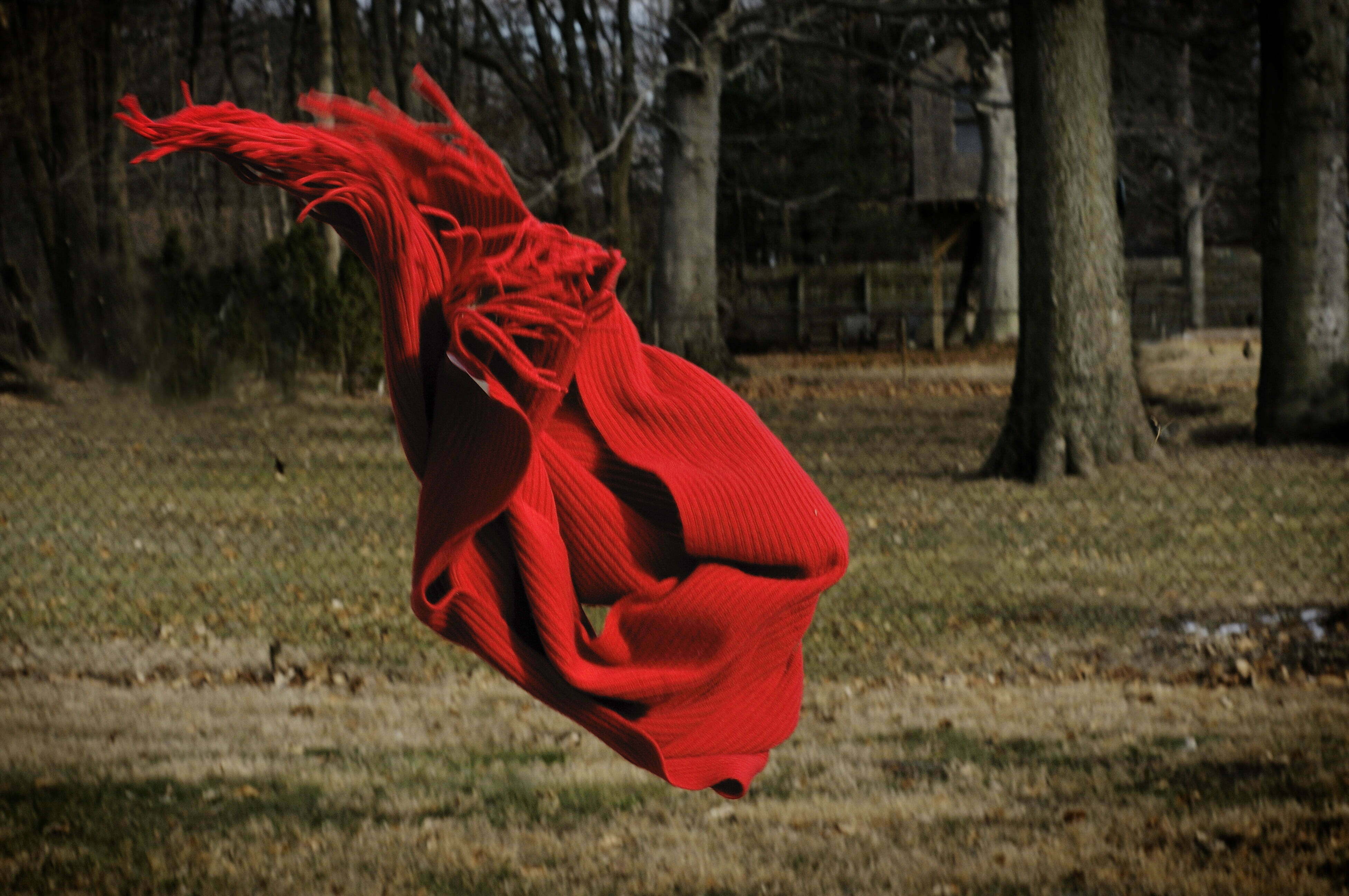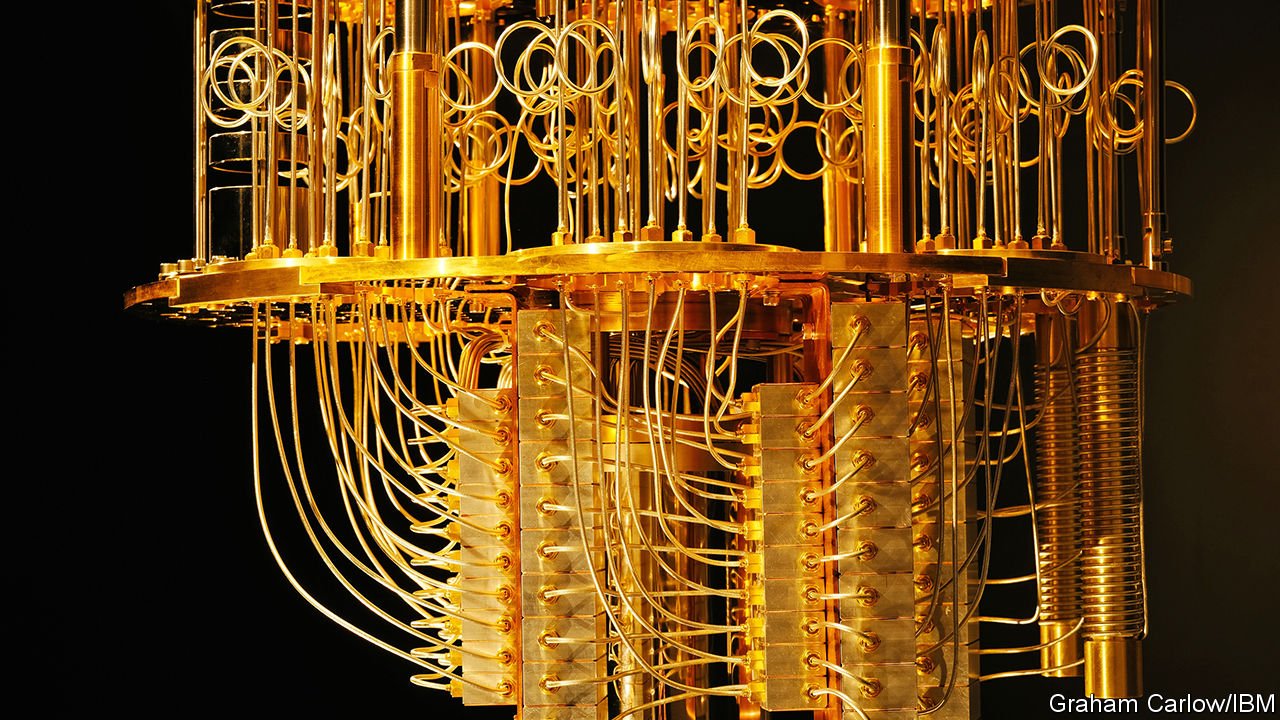THESE DAYS, the US Federal Bureau of Prisons ran a check for jamming contraband mobile phones in a South Carolina state correctional facility. “Micro-jamming,” or disrupting cellphone alerts inside a unique area, became examined in a federal jail last year. But this takes a look at signaled that kingdom prisons — which commonly don’t have the authority to clutter with smartphone signals — will be on their manner to the usage of the era.
The take a look at becoming held final week at the maximum-protection Broad River Correctional Institution in Columbia, South Carolina. According to the Associated Press, it lasted five days and worried jamming alerts in a housing unit. The National Telecommunications and Information Administration (NTIA), which oversaw the take a look, will analyze the outcomes and launch them in a document.
Corrections officers say that contraband phones are the main difficulty for prisons, bringing up cases like the capturing of corrections officer Robert Johnson, who almost died after a prisoner ordered an assault on his domestic using a smuggled cellular telephone. Micro-jamming presents a probable solution; however, the best federal companies can legally implement it due to FCC regulations. And federal prisons hold just a fraction of America’s 2.3 million prisoners, whilst state prisons preserve more than half.

Those policies might be changing, but. Last month, the Senate and House of Representatives added payments that might permit nation prisons jam indicators. (In this situation, South Carolina Corrections Director Bryan Stirling was apparently deputized as a US Marshal, giving him federal authority.) And the FCC has formerly loosened regulations on managed get entry to structures — small-scale cellular networks that could block devices from making calls or using mobile records, however don’t outright jam all wireless get entry to.
However, one commissioner expressed concern that prisons may want to pass those structures’ charges to inmates’ households. Critics of jamming say that commencing up the guidelines should create a “slippery slope” to letting jammers proliferate outdoor prisons. That vague jamming could block legitimate calls outdoor the jail — even though micro-jamming guarantees to make that trouble much less in all likelihood.
The Federal Bureau of Prisons ran an advance take a look at micro-jamming ultimate year at a federal prison in Cumberland, Maryland. The NTIA pronounced that jammers could disrupt the signal within a jail cellular but keep network get admission to available just 20 feet away — a result that the United States Department of Justice known as “promising.”






